
Tips for buying a Chinese phone
In March of this year a list of the world’s top phone vendors was published. Twelve names were on it, and of those a stunning eight were Chinese.
Far from the knock-off merchants they have so often been categorised as, companies such as Huawei, Xiaomi, Vivo, Oppo and more have been almost unstoppable in their ascendance.
But what does this mean for consumers in the West? On the surface of it, not a great deal. These manufacturers have tended to focus almost exclusively on China and other emerging markets, particularly India.
For various reasons many of them have opted to avoid the West almost entirely, only dipping their toes in every now and then. A great deal of this has to do with patent law, which is a story for another day (preferably a long gloomy winter’s eve). That means the handsets can be a little tricky to get hold of.
The opportunity does exist for those of you with a little gumption and knowledge to successfully snare yourself a super Chinese smartphone. In doing so you can get a cracking deal, with specs to make even the most hardened power hounds weep with envy, and often at a third of the price of the well known flagships.
The market is totally different however, and there are many pitfalls to avoid. Read on for eight top tips on buying handsets from abroad.
1. Research your handset
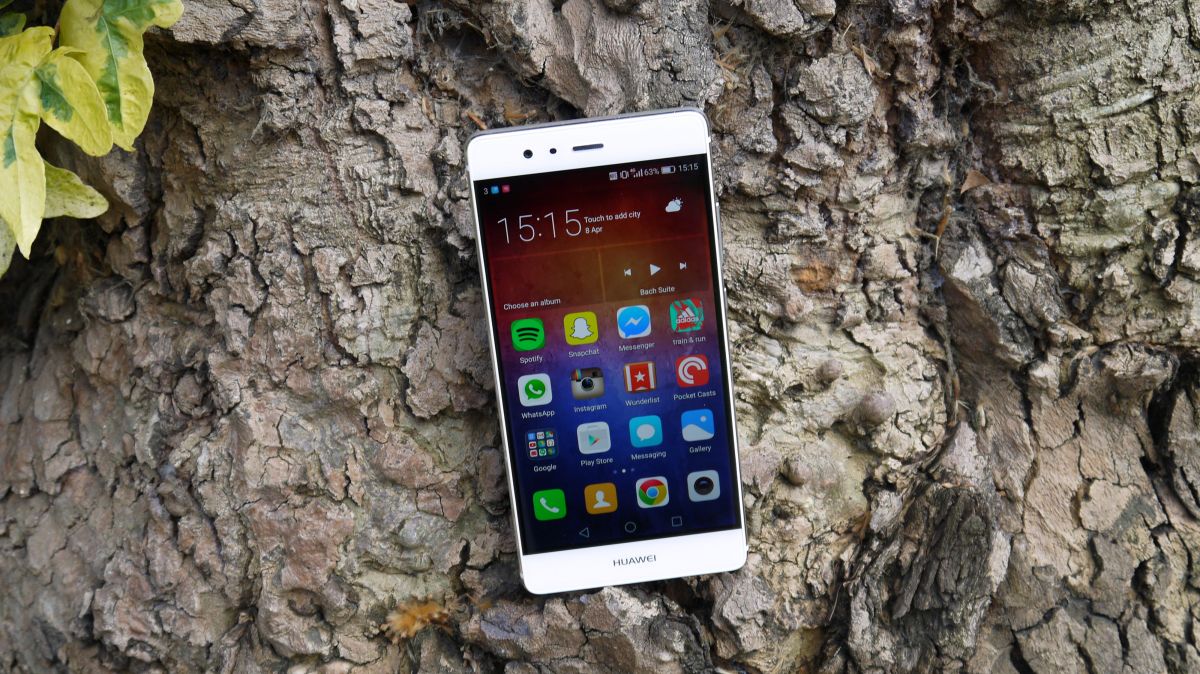
This may seem like an obvious first step, but the reality is harder than you might think. To begin with there can often be a lack of reviews for many handsets, especially those from lesser known companies such as Doogee, Elephone and Cubot.
Set a budget for yourself, trawl the web and draw up a list of three or four phones that particularly appeal (for example the Xiaomi Mi5, the Elephone P9000 and the Meizu Pro 6).
It’s worth noting that there’s a particular love for phablets in China, so those with smaller hands may want to steer clear.
2. 4G or no 4G?
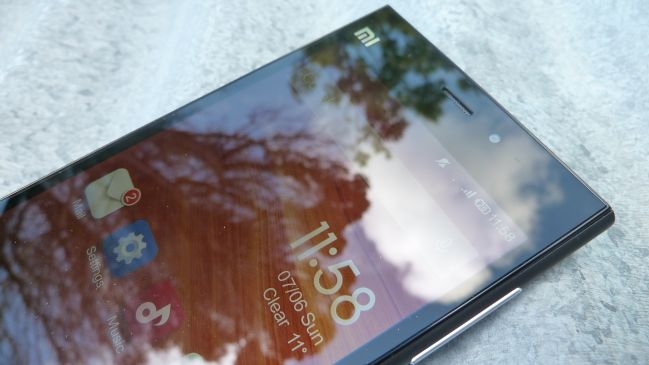
Everyone wants superfast internet on their smartphone, so a key thing to check is whether the phones you’re looking at support the correct LTE bands for your country.
Many Chinese handsets come without support for Band 20, which for example is used by O2 in the UK, and would mean no 3G or 4G internet when using such a phone on a network which relies on this band.
3. Dodge update doldrums
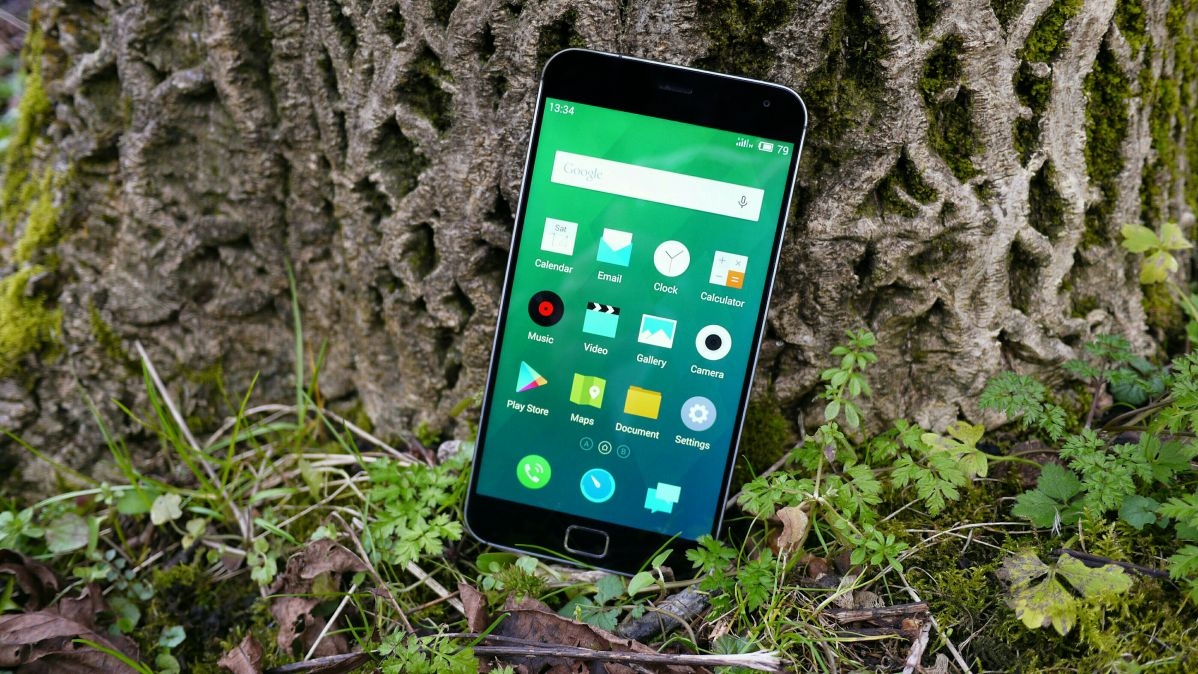
The next thing to do is look a little further into the company behind your handset. Take Xiaomi for instance. Every phone from the firm comes running MIUI, a proprietary skin of Android, and does not run Google services.
Xiaomi regularly updates its software, bringing new versions of Android to customers at a relatively decent speed.
However, it’s the exception rather than the rule. If you plan on keeping your handset for any length of time, try to ensure you pick a manufacturer with an established reputation for software update support, otherwise the first bug you find may continue indefinitely.
4. The customer is always right
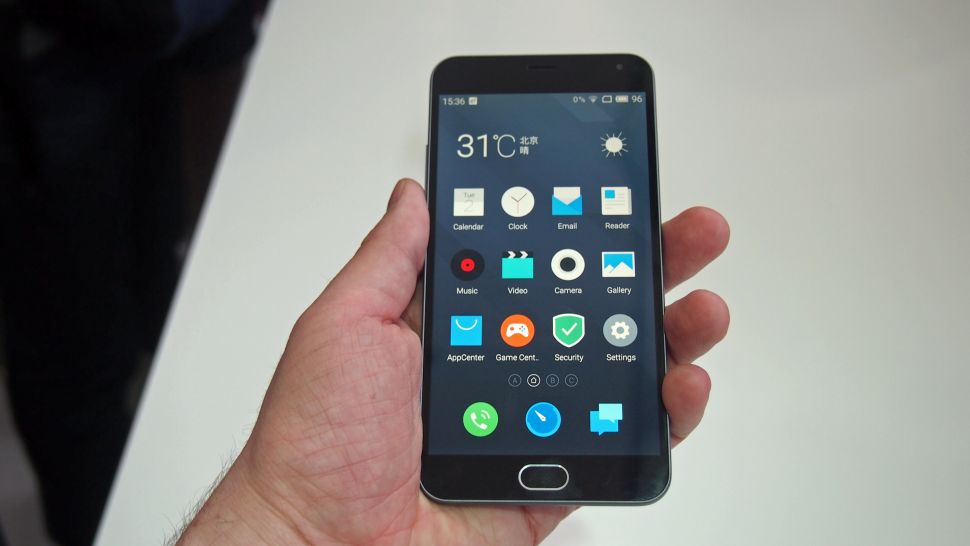
There’s another major thing to bear in mind before buying a Chinese smartphone, after-sales support. If you would like to receive this, don’t buy ‘gray imports’.
With limited presence (and in some cases none) in the West, parts and expertise are scant should a repair be needed, so have a think before buying and certainly before dropping the phone you’ve chosen onto unforgiving cement.
This may change in the years to come as manufacturers continue to expand their global presence, but for the moment it can be a difficult choice to make.
5. Pick a vendor
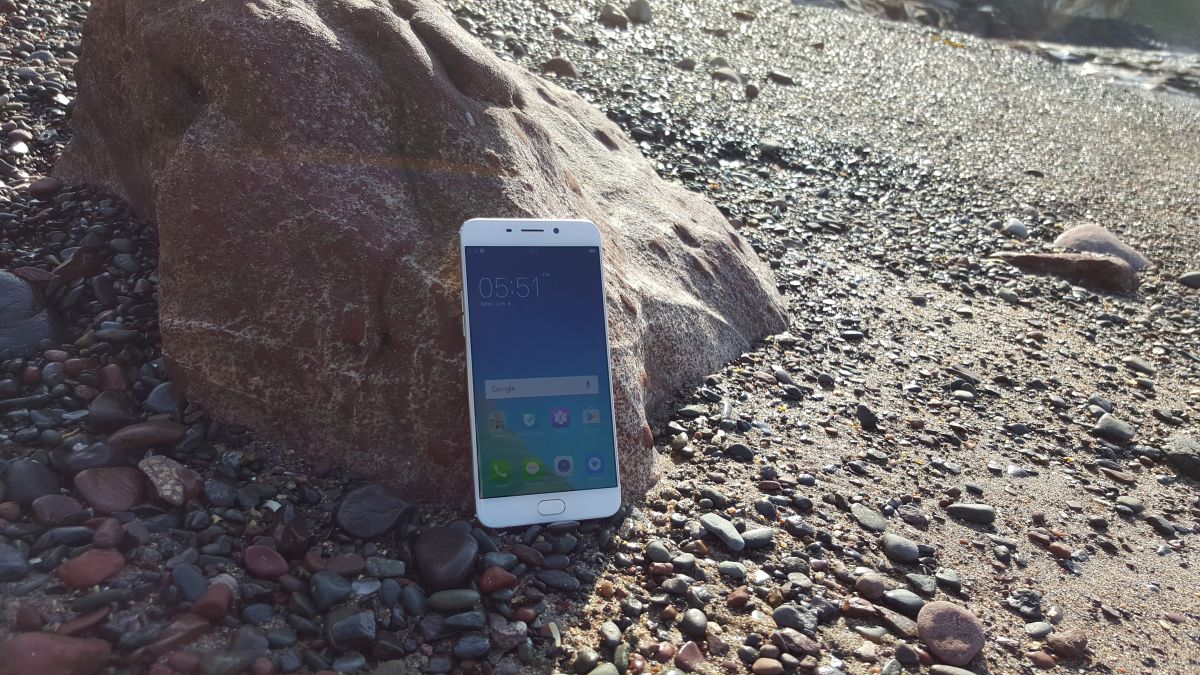
This is perhaps the most important step, as making the wrong choice can mean weeks, maybe months of disappointment and despair.
Different phone manufacturers depend on different sites. Meizu and Oppo phones can generally be purchased through Amazon, while Xiaomi devices are usually available from the likes of AliExpress and GearBest.
Where possible, try to get stock shipped from a warehouse relatively near you, for example from Europe if you’re in the UK, and also make sure to choose a guaranteed delivery option.
Research each vendor before making a purchase, and pay close attention to user reviews. If several people have had a bad experience that should be a red flag.
6. Free ROM-ing
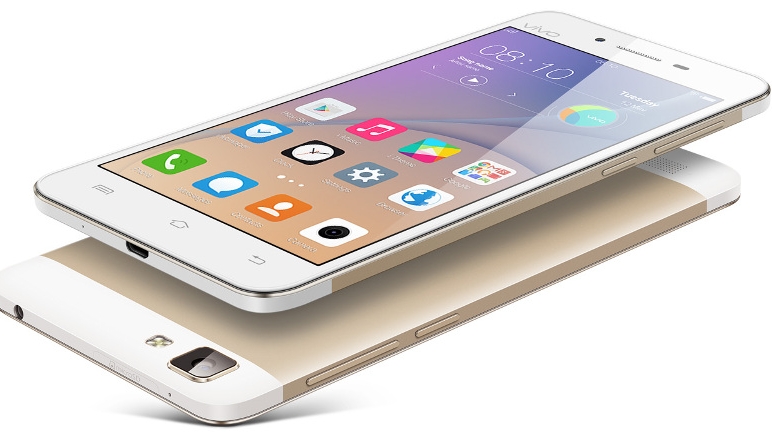
Due to firewall restrictions in China, the vast majority of Chinese phones come without Google’s suite of apps installed. They instead run a custom software package (‘ROM’) overlaid on top of the core Android platform.
That doesn’t necessarily mean you’ll be in passion of a dud, as you can get Google’s offerings with an international ROM with support for English and Google Play.
Many vendors will give the option to ship with an international ROM, but beware of this as devices bought this way may come preloaded with malware.
Choose a handset with an unlockable bootloader, and preferably with a microSD slot too, and check that an international ROM is available. You can then manually flash the ROM to the phone, minus any potentially nasty malware or unnecessary additional applications.
7. Customs charge

An important point when purchasing any phone from abroad is; be aware of customs. Having a device shipped from the same country will help to avoid this situation, but it isn’t always an option.
Often when shipping from China, not only will the device in question take several weeks to arrive, but when it does an extra charge has sometimes been applied, proportional to the cost of the device, potentially up to 20%.
Take care, and definitely factor in this potential extra expense when having products delivered, as otherwise cheap phones can skyrocket in price when extra hurdles are applied, thus negating any cost advantage.
8. Setting up

So you’ve done it! Every hurdle has been cleared, except making the phone usable. On the setup screen, change the language to English (or your lingo of choice).
This daunting step completed, there remains the issue of installing the Google Play store should it not be present – and should it be possible. On Xiaomi devices this can be accomplished by downloading an app from the Xiaomi store, on others it can require full on flashing.
Round-up
Buying phones from far-flung locales can be a highly rewarding process. If done correctly, you can end up with a powerful, beautiful device with an impressively low price point.
If anything goes wrong however, it can mean that your lovely slice of eastern delight ends up a very decorative paperweight.
Two tenets above all hold true: exercise whatever amount of common sense you may possess judiciously, and become the forum lurker you were born to be, as there is no better source of information than someone who has already made a purchase.
Source: techradar.com








































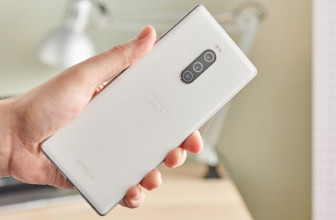
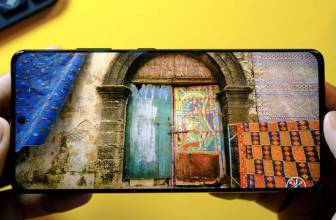
Consumers will gamble with cheaper smartphones so they stand out using the old type of phones,but some do not realise you can not do everything you expect using these types of phones,like data sharing is not simple when you put a memory card reader into these phones,like i have found this out using Cubot phones,so bluetooth the only way